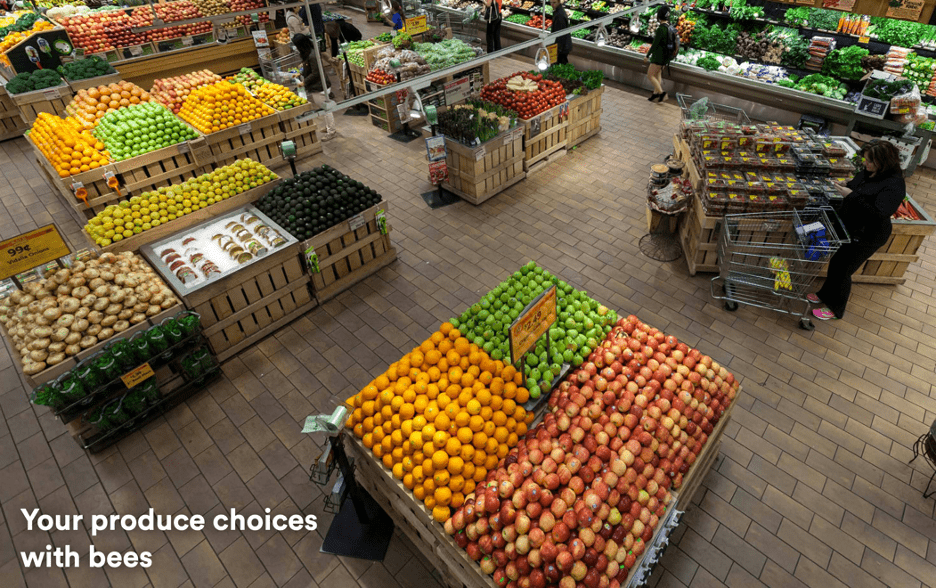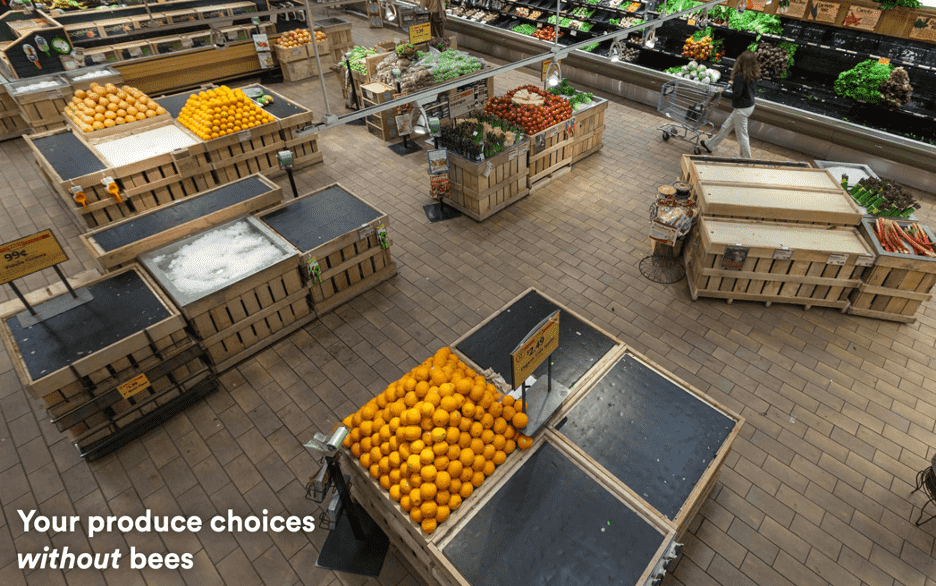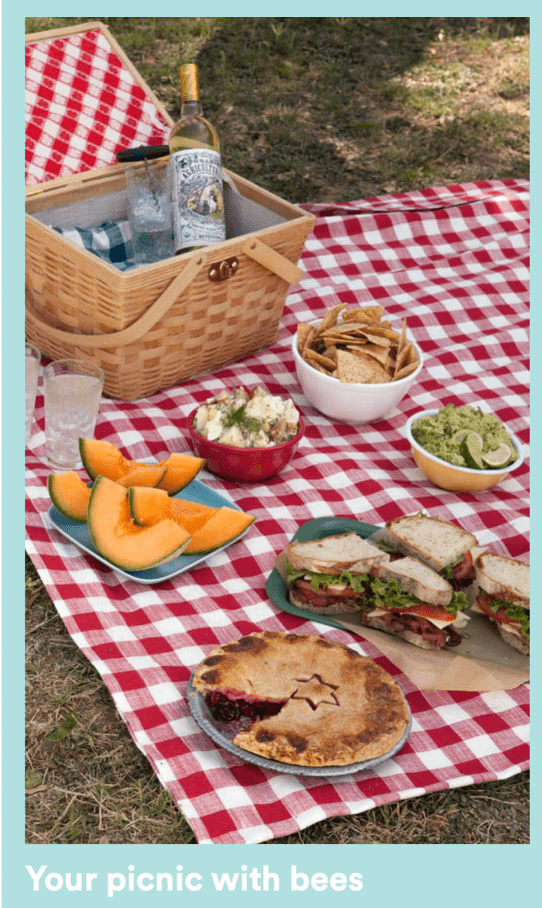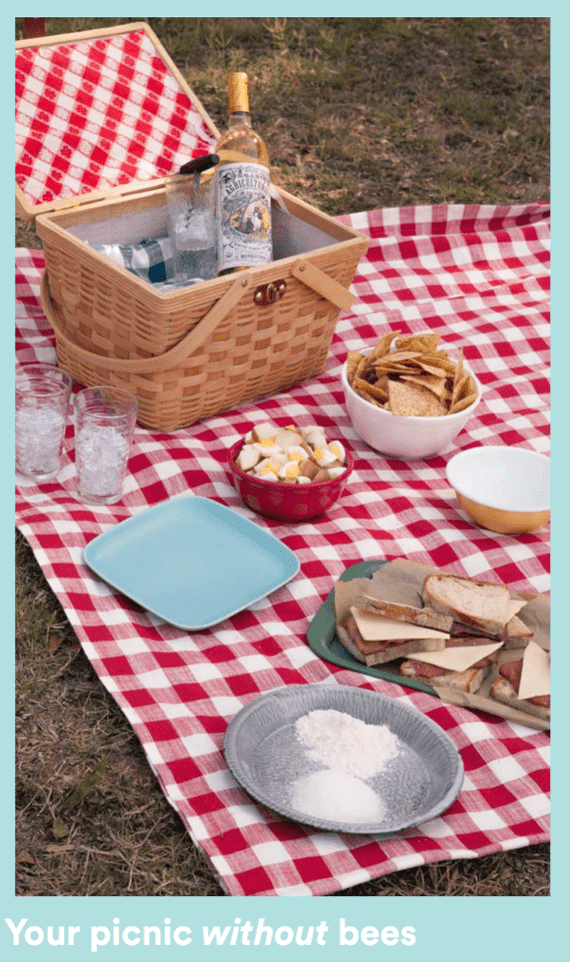
After exploring the Hidden Picture beekeeping activity, watch this video with our Executive Director, Nona Evans, to learn about beekeeping tools!
Watch festooning up close as bees link up their bodies to measure the spaces where they’re building honeycomb.

You can tell this is one of Nona's favorite jobs! These bees are JUST starting to size up this frame.

Notice these festooning chains - some bees create a ladder and others create a "U" shape.

Little bees hanging on to each others legs while they build comb on a new frame.
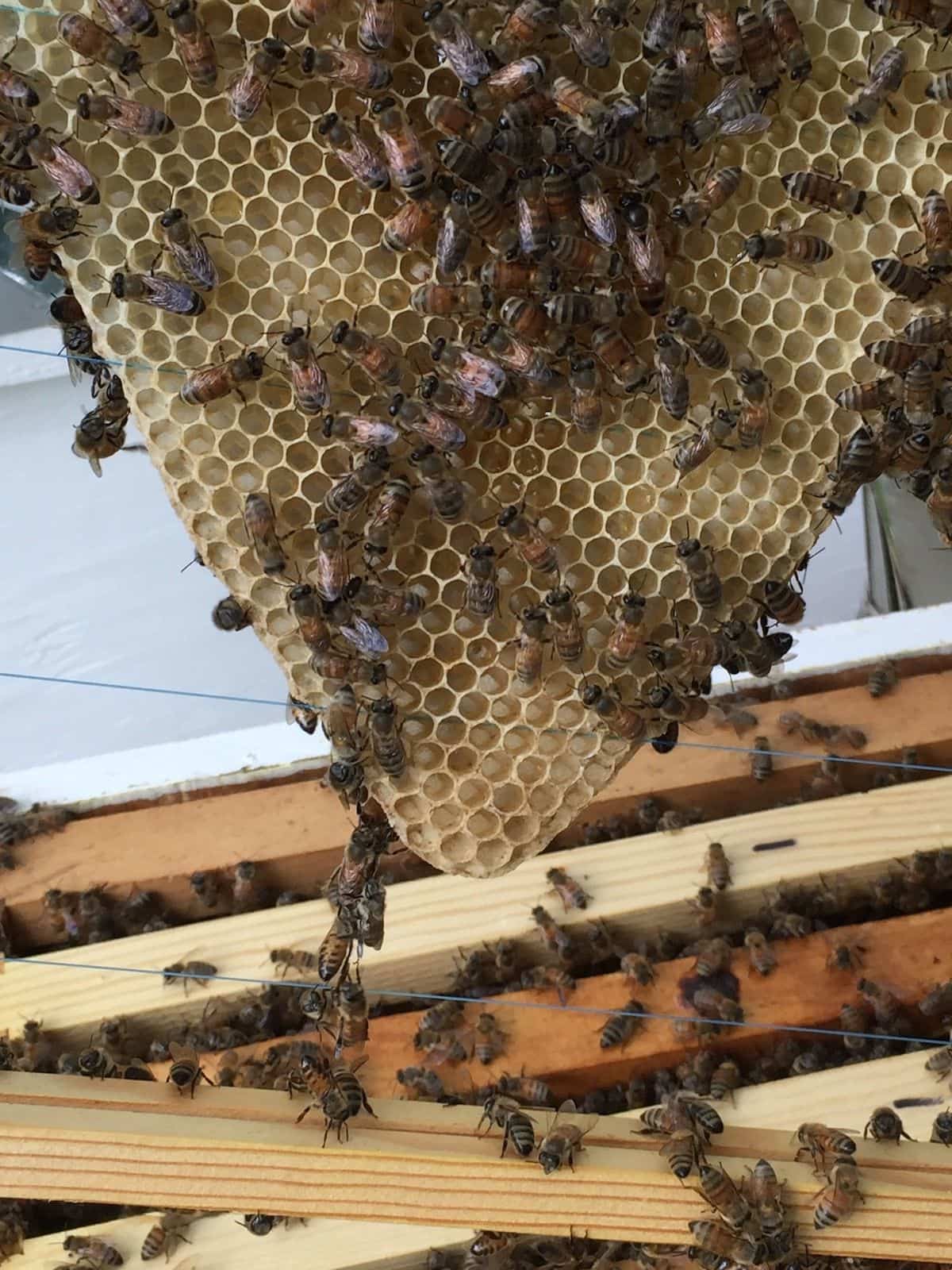
Bees attach to one another measuring the distance to the bottom of the frame. You can see the color of new wax in this photo. When it’s really new, it’s white. As bee feet move back and forth over it begins to yellow a bit.
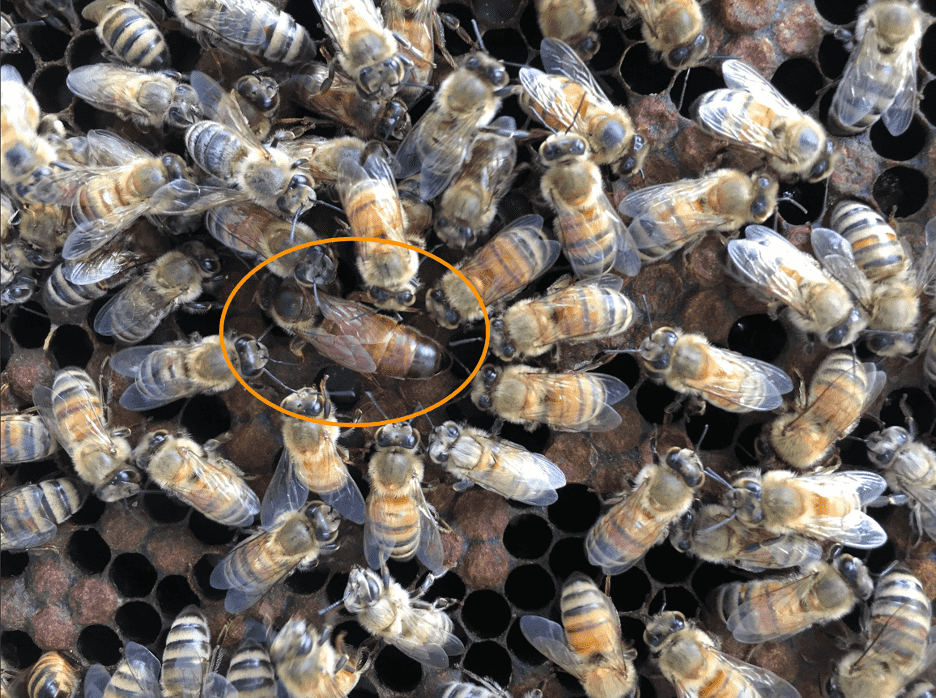
There’s only one queen per hive, and whenever she moves, her attendants move with her. When it’s time for a new queen, the workers choose a larvae that is just a few days old. They feed that larvae extra royal jelly which allows her reproductive organs to develop. That makes her larger than worker bees.
Queen honey bees don’t wear crowns, so how can you tell which one she is? Here are a few ways to spot the queen in a colony.

This frame has two plates of new comb that is pure white. There is a little bit of honey stored at the top of the larger plate.

This is a swarm of bees. They were attracted to this swarm box…but decided to build their hive under the box instead of inside it. It’s a great chance to see how bees build in nature. We call them “honeycomb saucers”
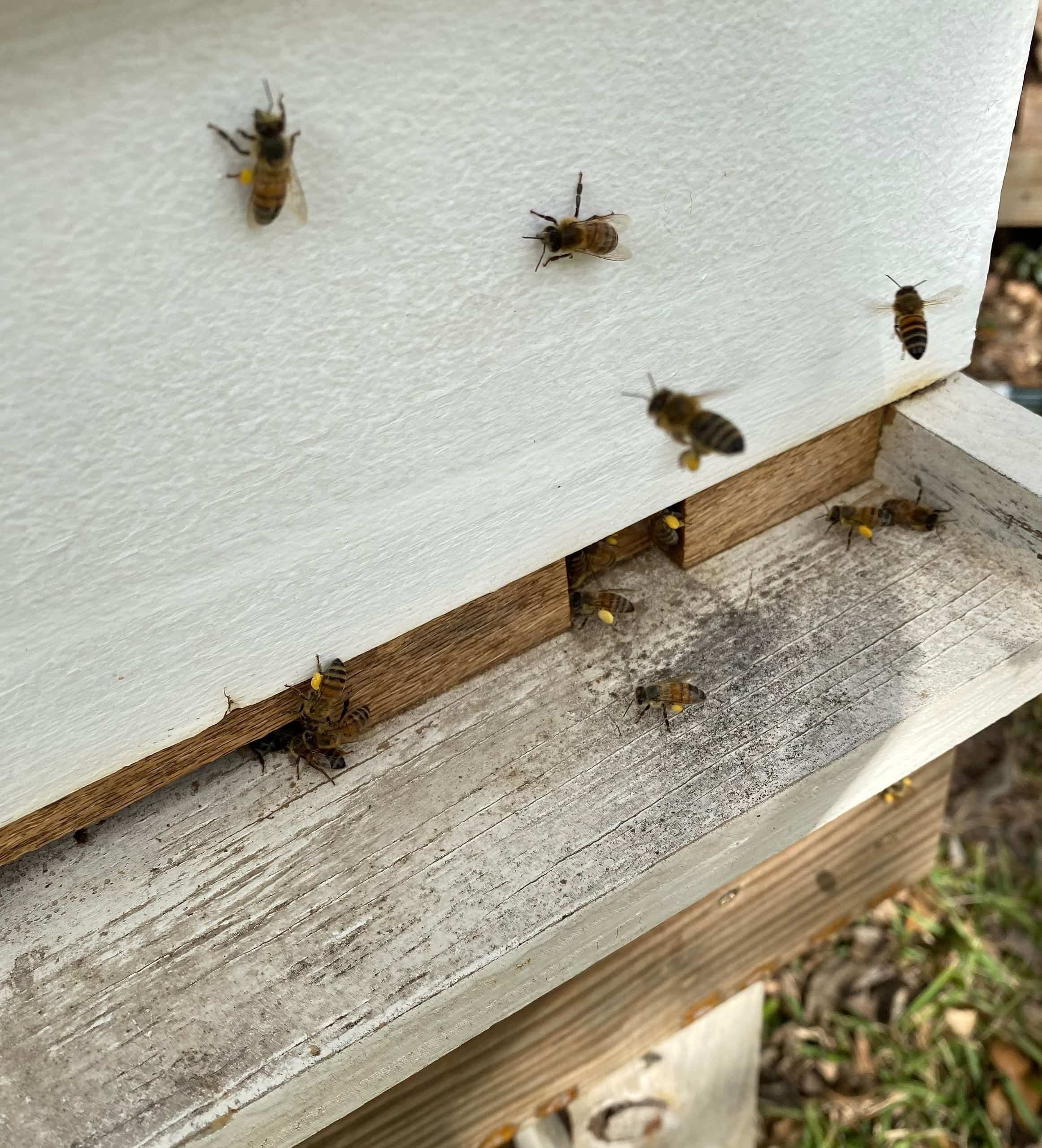
Check out these bees landing on the hive with full pollen baskets or "pollen pants".
Join Phineas and Ferb as they show us the Waggle Dance. Share your best waggle with #GiveBeesAChance in social!
See photos of what your grocery store and a picnic would look like in a world without bees. What would you miss the most?
